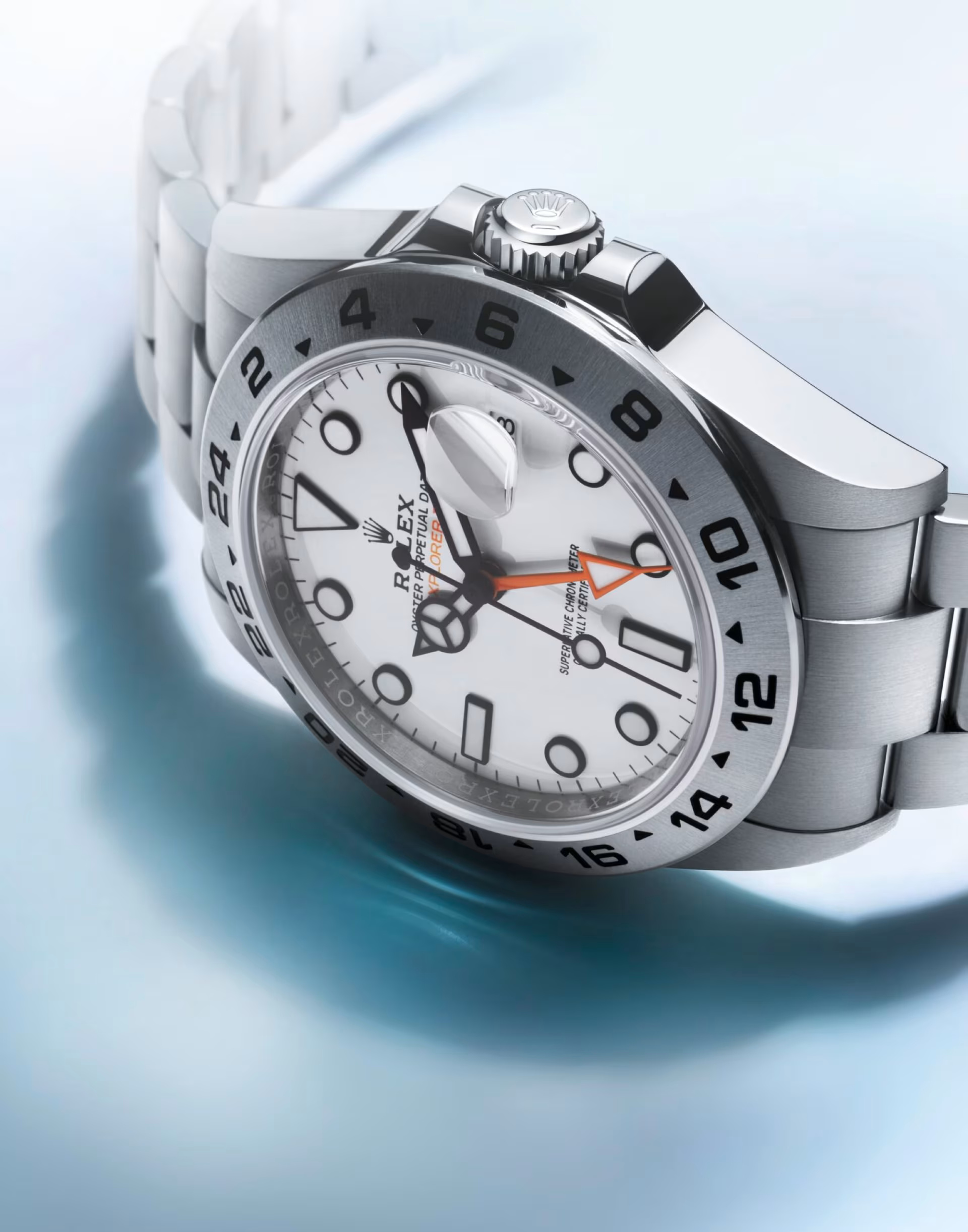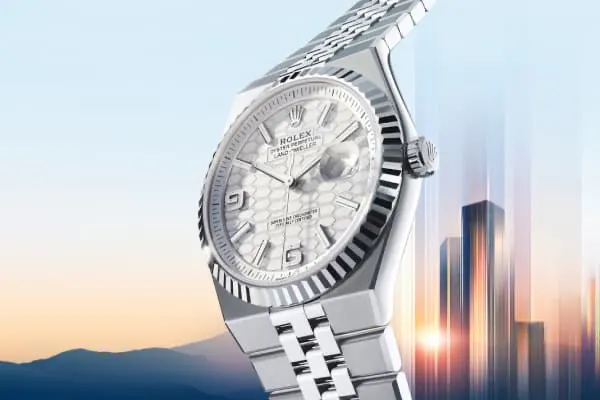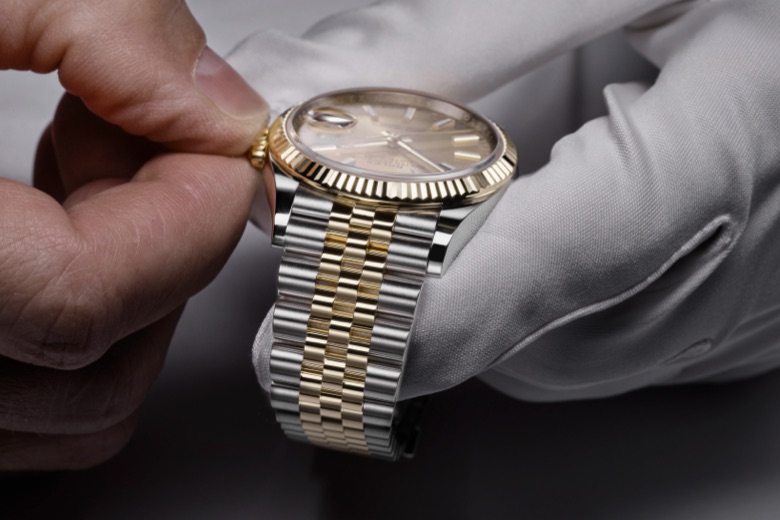Journey to the Heart of the Rolex Universe
Hans Wilsdorf deeply believed in the human capacity to innovate and strive for excellence.
Published on April 9, 2024
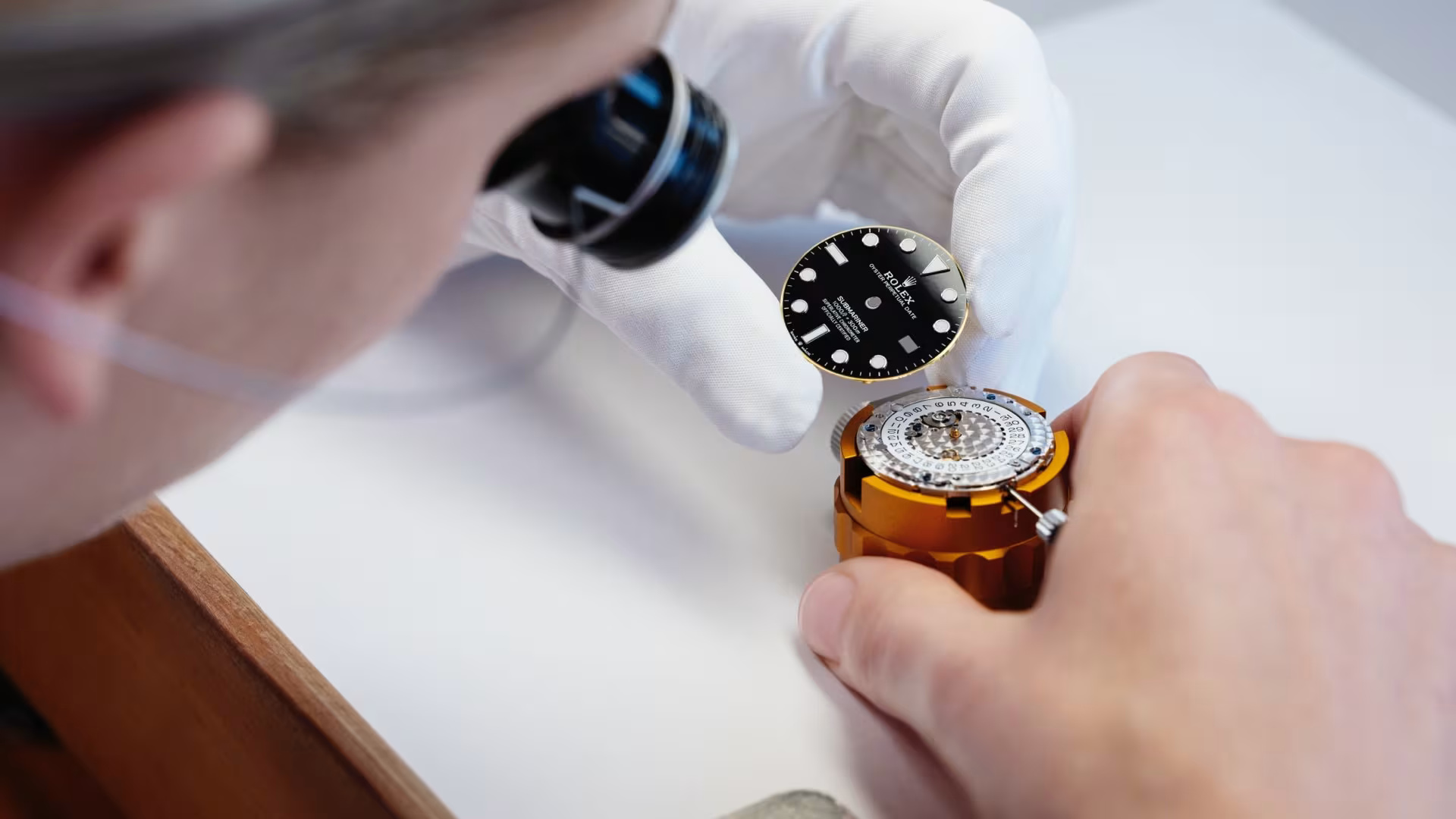
Almost one hundred and twenty years after the brand’s creation, the founder’s spirit is more present than ever, from the making of watches to Rolex’s commitments worldwide.
“The difficulties seemed, at first, insurmountable.”
A Commitment to Excellence
Since its inception, Rolex’s history has been characterized by the pursuit of perfection and the desire to push beyond its limits.
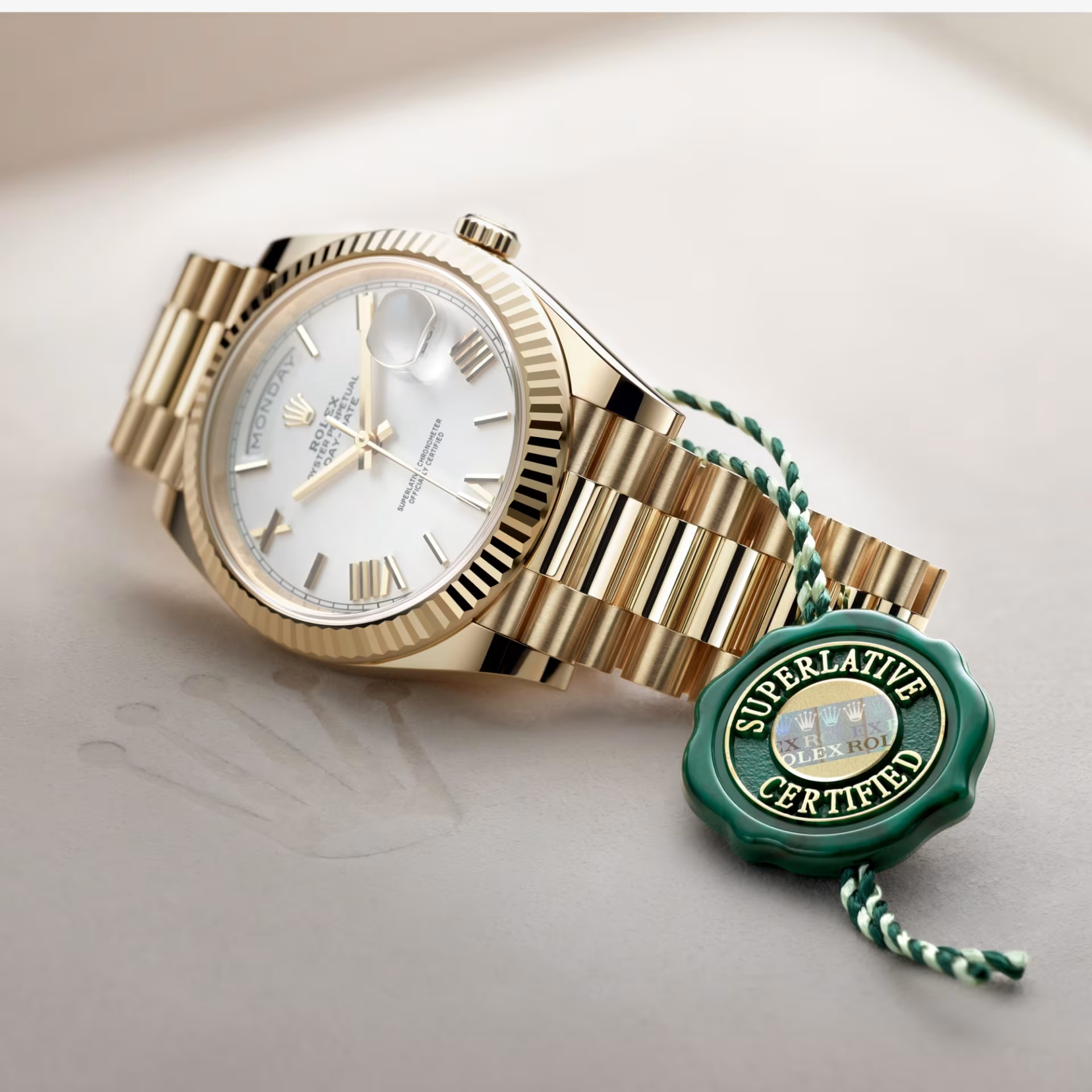
At the beginning of the last century, a visionary entrepreneur moved to London, ready to make his mark relying solely on his willpower. His challenge? To introduce the watchmaking world of that time to an unknown name: Rolex. An original name, invented in 1908, destined to become one of the most famous brands in the world within a few decades. The difficulties seemed, at first, insurmountable: this is how Hans Wilsdorf recounts the company’s beginnings in his memoirs.
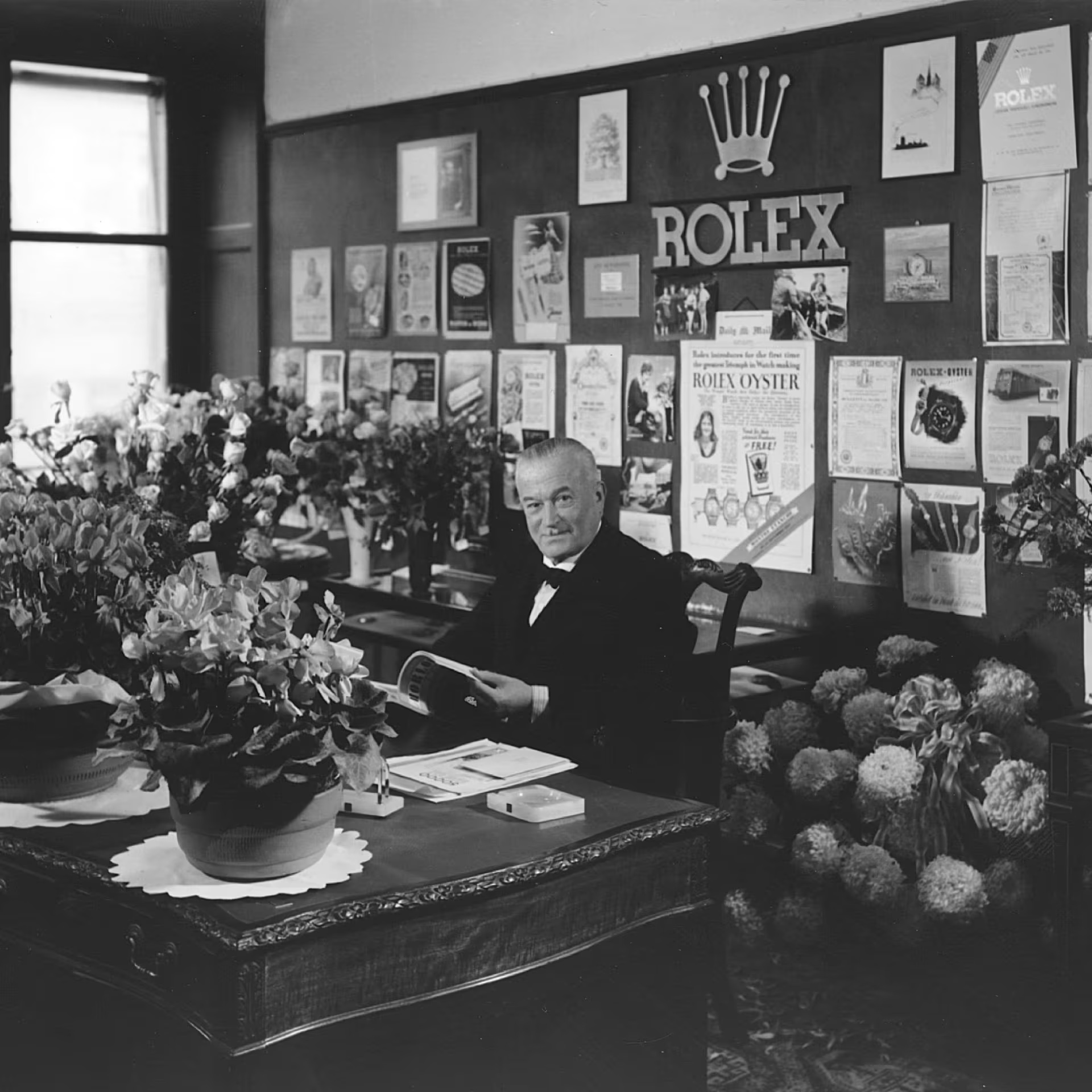
At that time, the entrepreneur had limited resources, but he possessed invaluable qualities: vision, perseverance, and an extraordinary work capacity. Orphaned at the age of twelve, armed only with his determination to overcome obstacles, Hans Wilsdorf invented the world’s first waterproof, self-winding wristwatch with a Perpetual rotor. A watch that today is a reference in terms of quality and prestige.
“Too complicated, too fragile, too inadequate”: this is what Hans Wilsdorf constantly heard. Thanks to his deep convictions, he successfully accepted the bold challenge, and his Rolex, the Oyster Perpetual, became the archetype of the waterproof, automatic wristwatch, a precise and robust timepiece capable of withstanding any circumstances. Hans Wilsdorf was not only a visionary who gave Rolex watches their fundamental technical and aesthetic characteristics. His perpetual quest for perfection went hand in hand with his great generosity and unwavering faith in human potential.
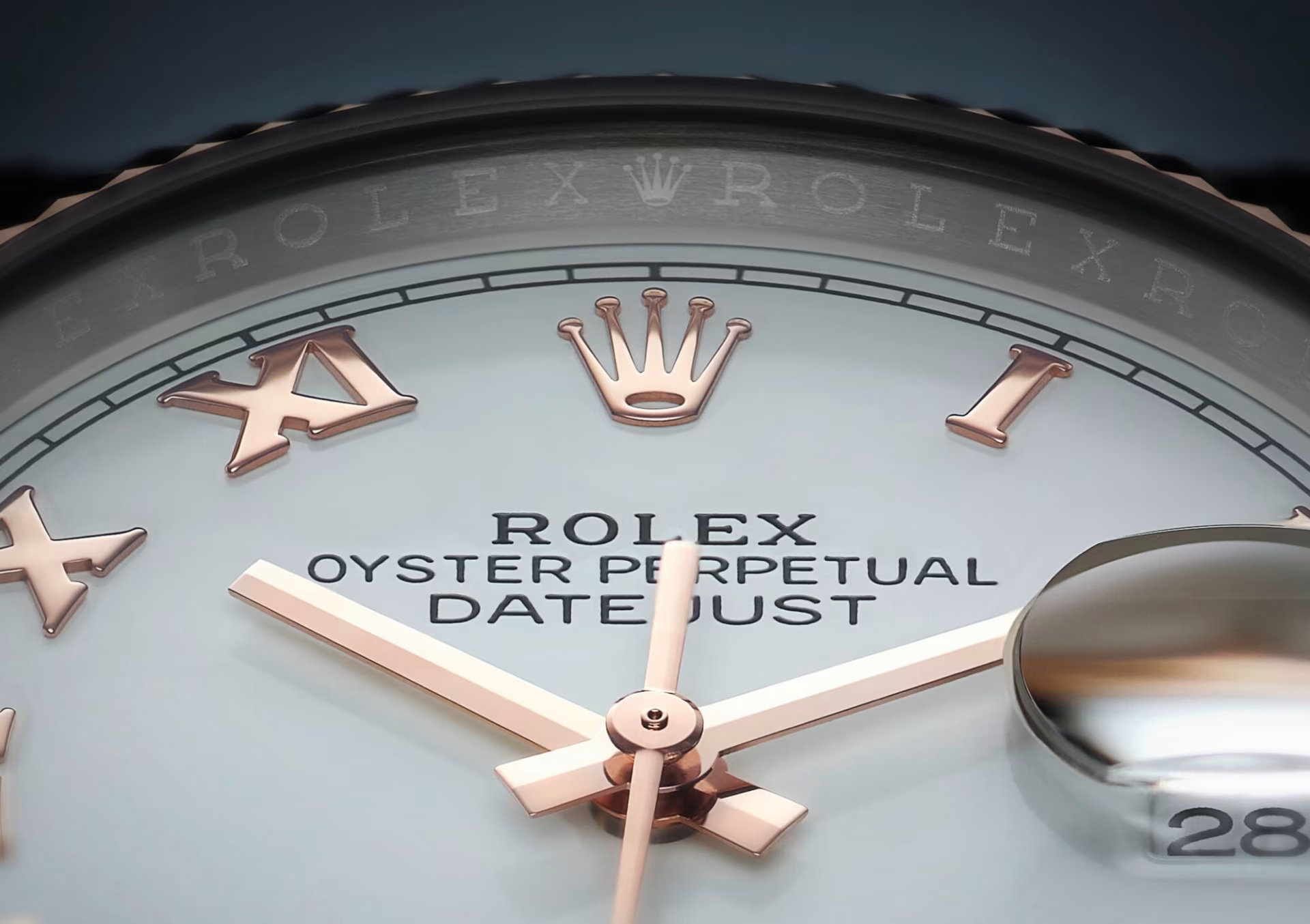
The Sum of Many Savoir-Faire
As an independent and vertically integrated manufacturer, Rolex possesses an industrial tool that integrates numerous savoir-faire. Watchmakers, engineers, designers, and experts from various other fields work closely together first in the design, then in the realization of the watches. The corporate culture is based primarily on human values, which place “know-how” and “know-how-to-be” at the heart of the various activities.
Rolex represents a myriad of different trades, carried out with passion by the women and men of the Manufacture, experts in their respective fields. The brand designs and produces most of the components of its watches, from the casting of gold alloys to the assembly of the movement, case, dial, and bracelet elements, up to the finishing, polishing, and gem-setting. Additionally, it makes all its expertise available worldwide through its network and extraordinary service centers.
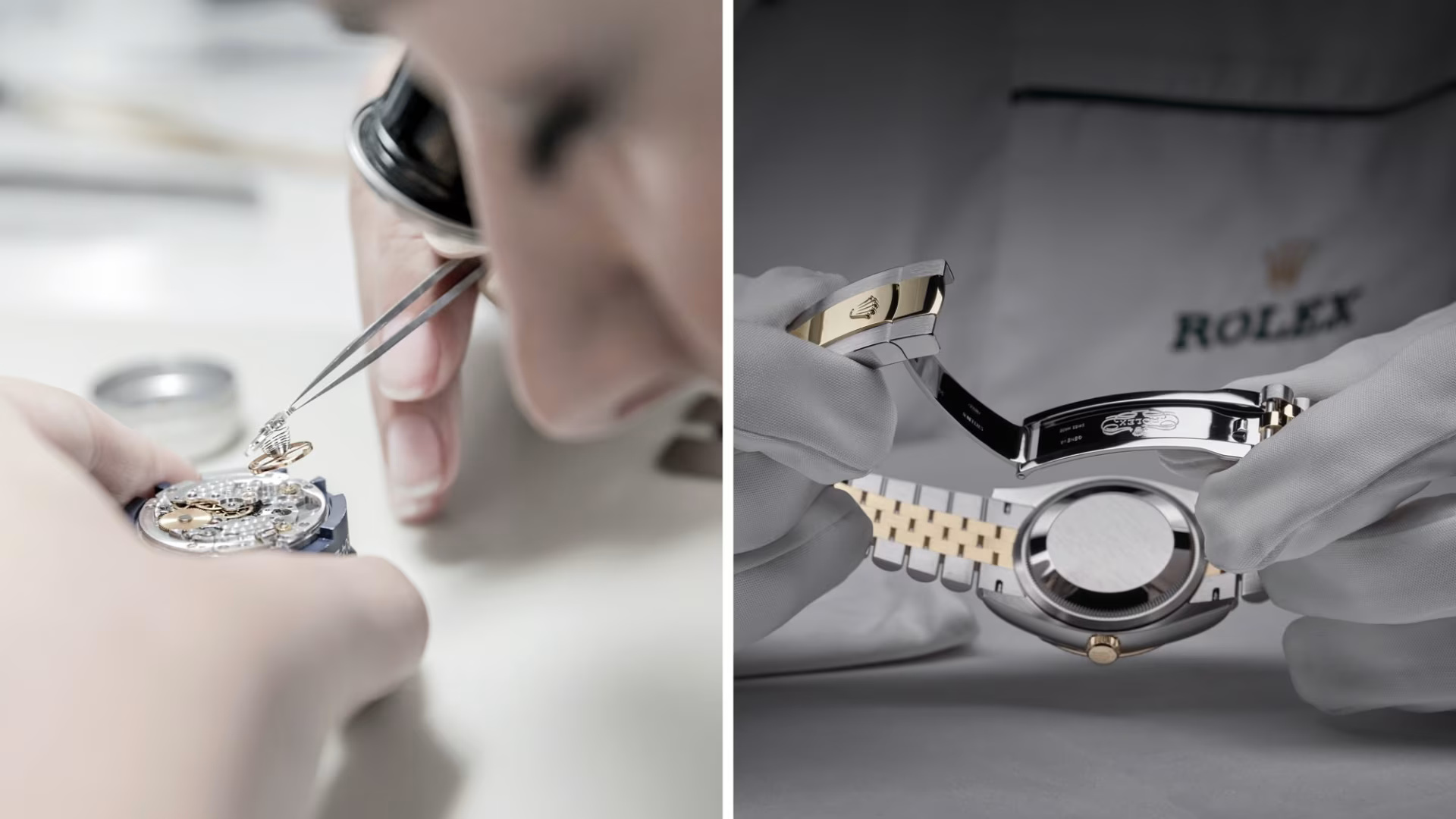
To ensure the continuity of these skills, Rolex has created its own Training Center, unique of its kind. This center, based in Geneva, is dedicated to cultivating talent and growing the brand’s employees, providing continuous training for collaborators and managers and ensuring the training of apprentices. The mission of this space for sharing knowledge and skills is to guarantee the passing on of expertise in line with the brand’s values.
A Watch Unlike Any Other
The Oyster Perpetual collection was built on the success of the original Oyster, introduced in 1926. The role of the Oyster, the world’s first waterproof wristwatch with patented case architecture, was pioneering in the development of the modern wristwatch. Over the years, it has conveyed numerous other innovations, such as self-winding via the Perpetual rotor (1931), which have defined the identity of the models in the collection and forged Rolex’s reputation for excellence, based among other things on the chronometric precision and reliability of its watches.
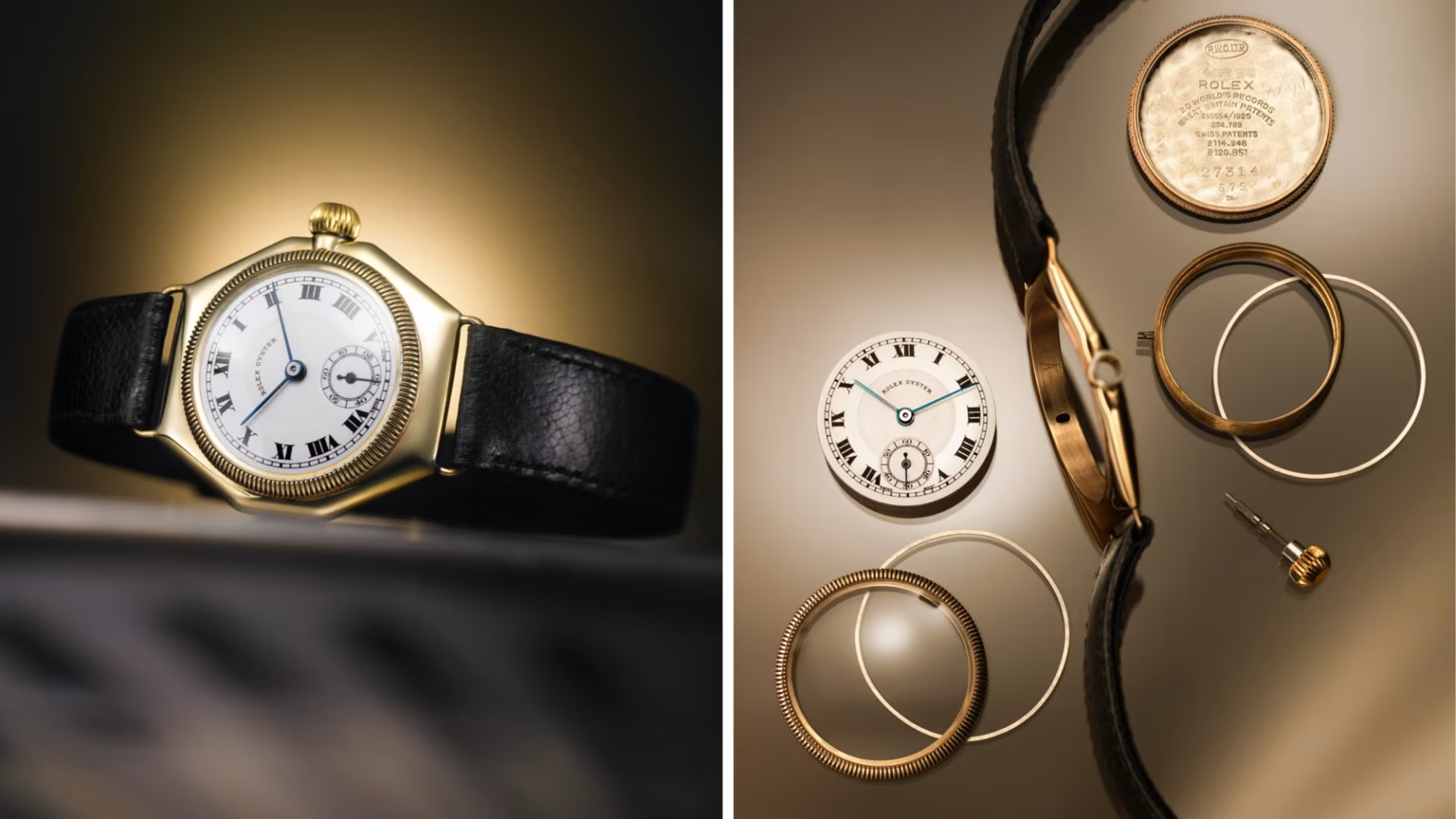
The Oyster has gradually expanded to become a collection of watches with new functionalities and innovative technologies. The fundamental principles of this watchmaking archetype are present in all the timepieces of the collection, united by a strong visual identity. Today, the collection includes 12 ranges divided into two categories: Classic watches like the Datejust and the Day-Date, and Professional watches like the Explorer and the GMT-Master II.
The brand, a pioneer of the modern wristwatch, is responsible for numerous significant innovations in the watchmaking field: it has indeed registered over 600 patents throughout its history.




